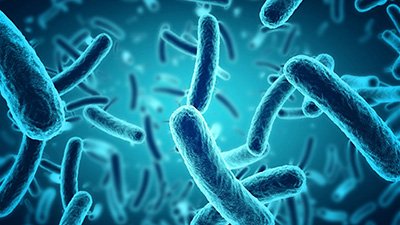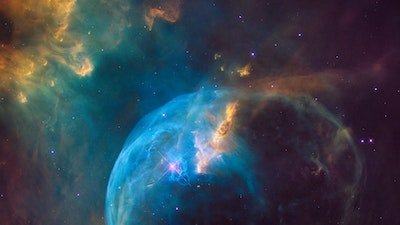
Secret of Life? . . . Still Not Found
Stable molecules still don’t hold the secret spark of life.
News Source
Scientists at the annual meeting of the American Association for the Advancement of Science in Vancouver heard from physiologist Robert Root-Bernstein how natural selection acting on molecules could select those stable enough to survive for the leap to life. The headline here is really not saying anything new. Evolutionary scientists have claimed “Evolution created life from lifeless ‘primordial soup’” ever since the notion of molecules-to-man evolution sprang into being. (Just see last week’s News to Note for an example of the latest version as it relates to Darwin’s warm pond.)
When molecules interact, they start taking on properties they don't have as individuals, but do gain when they're in a complex,” he says. “This provides a means of natural selection.
Root-Bernstein proposed that when molecules susceptible to degradation due to ultraviolet radiation react chemically, “two become one” and may make a more stable molecule. “When molecules interact, they start taking on properties they don't have as individuals, but do gain when they're in a complex,” he says. “This provides a means of natural selection.”
Root-Bernstein proposes this answer to the “watchmaker problem” by letting more complex molecules needed to build living cells survive together until all needed molecules are present. “If you have to evolve a receptor composed of a precise ordering of 400 amino acids, it wouldn't be possible to do it all at once,” Root-Bernstein said. “You have to use stable modules.”
Yet evolutionary science cannot answer the “ultimate mystery” of how “primordial soup somehow sparked into life.”
Many people point to the variation within created kinds is if it were proof of molecules-to-man evolution. But in truth, no mechanism by which non-living matter can randomly spark itself into life has ever been demonstrated. It still hasn’t. Even if large molecules such as DNA, RNA, or proteins were to randomly assemble themselves, there is no way for them to combine to form living organisms. Even if they could randomly generate a DNA blueprint, without cellular machinery to read and transcribe the code, the code is useless. Information must come from a source of information.
The Bible provides God’s eyewitness account of His creation of all things, living and nonliving. God created ex nihilo, from nothing. He did not have to wait for stable molecules to accumulate. The fact that some chemicals are more stable than others is simple chemistry but does not provide any explanation for how those molecules, even when gathered together in a primordial soup, could become alive. God, however, as the only witness to His own actions, tells us He spoke everything into existence about 6,000 years ago.
Further Reading
- The Origin of Life
- Primordial Soup Debate
- TNA Stirs Alphabet Soup, Returns Empty
- Can Natural Processes Explain the Origin of Life?
- Mirror Images and Amino Acids
For More Information: Get Answers
Remember, if you see a news story that might merit some attention, let us know about it! (Note: if the story originates from the Associated Press, FOX News, MSNBC, the New York Times, or another major national media outlet, we will most likely have already heard about it.) And thanks to all of our readers who have submitted great news tips to us. If you didn’t catch all the latest News to Know, why not take a look to see what you’ve missed?
(Please note that links will take you directly to the source. Answers in Genesis is not responsible for content on the websites to which we refer. For more information, please see our Privacy Policy.)
Recommended Resources

Answers in Genesis is an apologetics ministry, dedicated to helping Christians defend their faith and proclaim the good news of Jesus Christ.
- Customer Service 800.778.3390
- Available Monday–Friday | 9 AM–5 PM ET
- © 2025 Answers in Genesis




